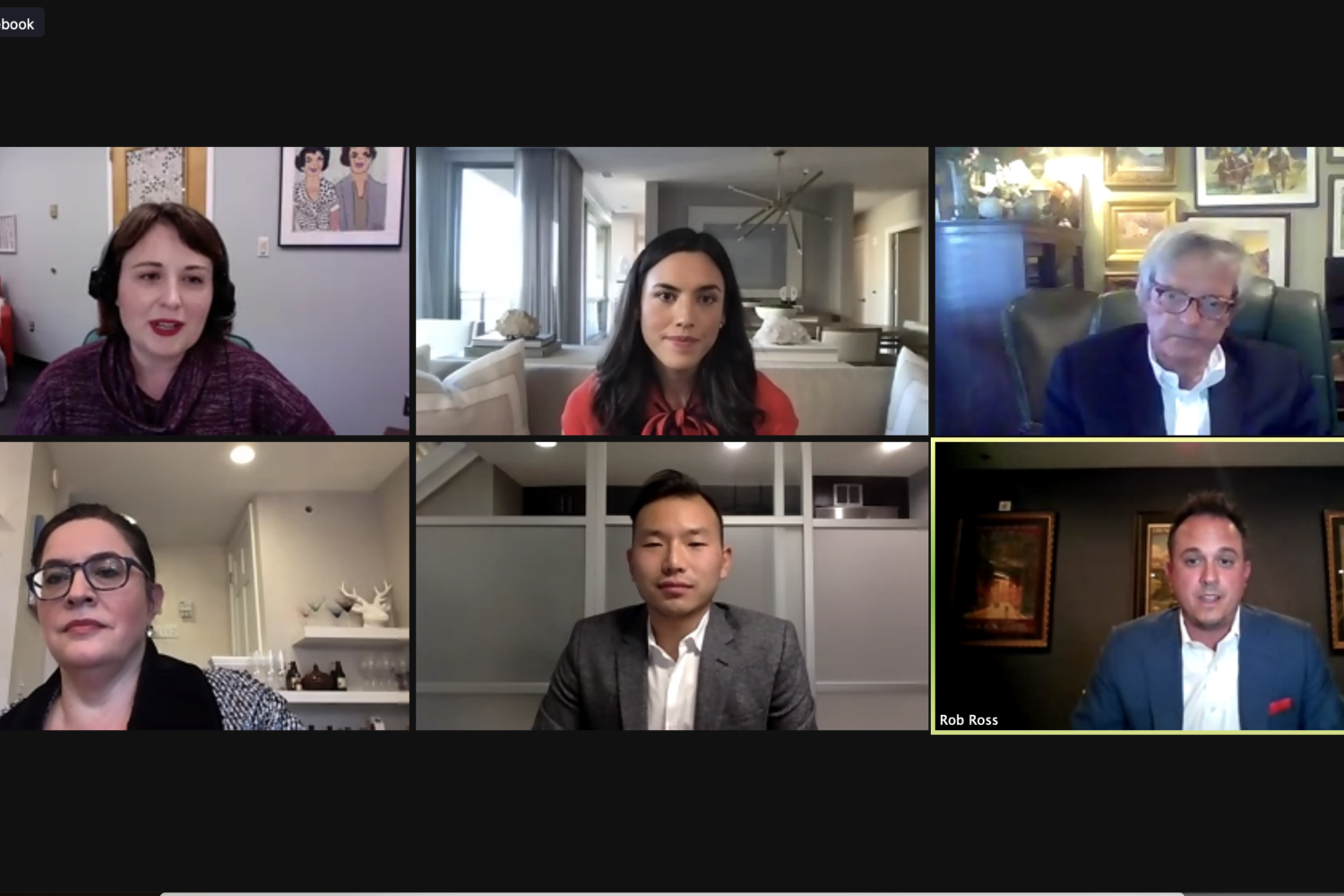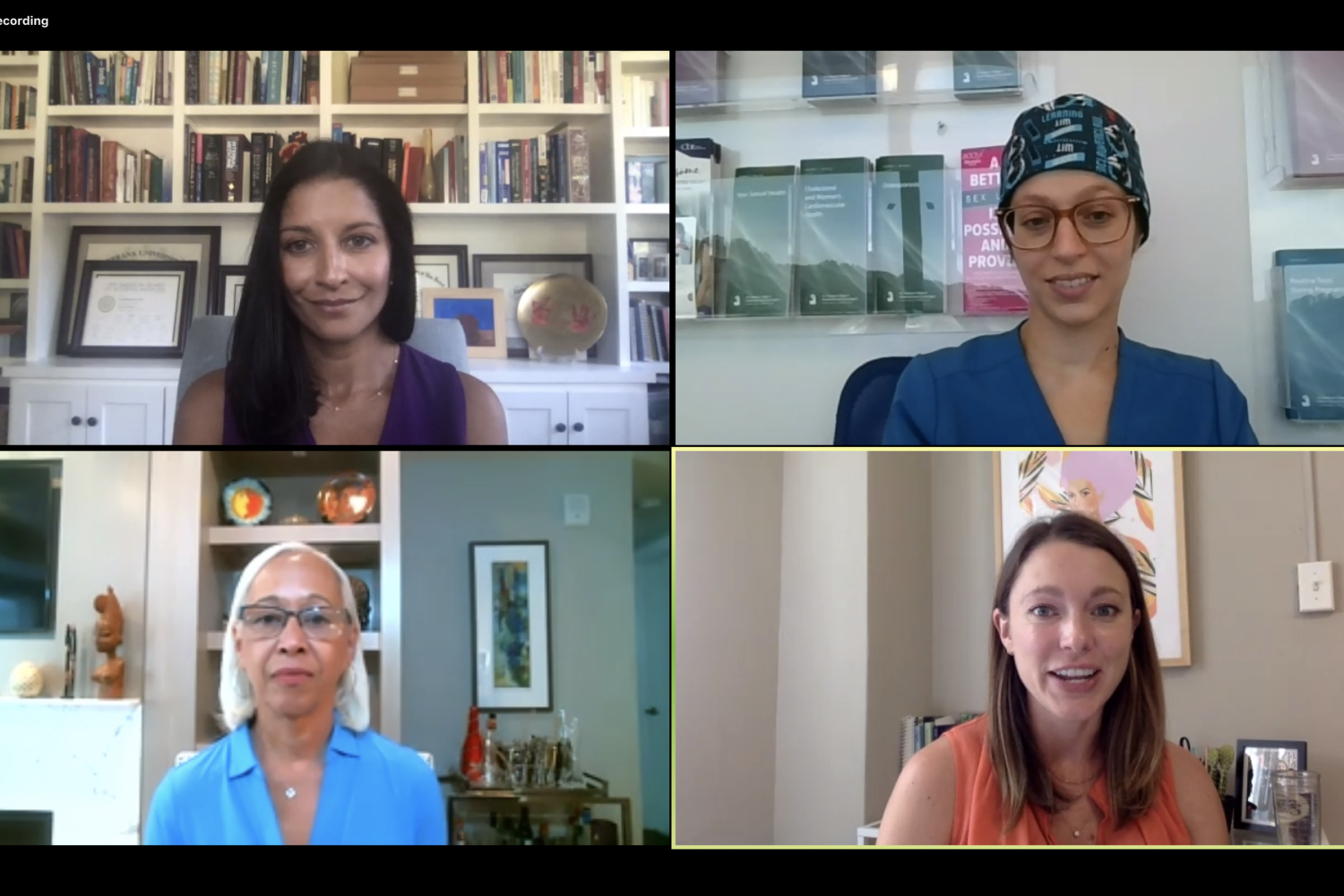ournalism is becoming a game of survival. Internet sites are taking readers away from newspapers. Newsrooms are shedding reporters and editors. New media are hard for some old-timers to grasp.
Liz Spayd puts it in cowboy terms: “You either get dragged by the horse or you grab the reins.”
Spayd grabbed the reins by jumping from the Post newspaper in downtown DC to Washingtonpost.com in Arlington. “It’s where journalism is headed,” she says.
Spayd, a print journalist her entire life, has been part of the editorial elite at the Post since 2000, when she became assistant managing editor for national news. In her new role she will become editor of Washingtonpost.com, which makes her the number-two person on the Internet news operation. Executive editor Jim Brady will be her boss.
Five years ago, many print reporters scoffed at the Post’s Web operation and complained about having to pump out more copy for the continuous news cycle. Now, with print circulation and ads shrinking and with revenues from the Web site increasing, reporters are jostling to get on the Web.
Liz Spayd’s switch symbolizes the increasing closeness of the news and Internet operations, but it also signals a shift of power to the dot-com.
“I won’t have the same kind of control over content,” says Spayd, “but I will control whose work is going to get seen and read in the new media age.” Jim Brady, who has run Washingtonpost.com since 2005, says the paper and the online operation have gotten much closer but “it’s still not perfect.”
It will be Spayd’s job to help mesh print and the Web. While she’s not a techie, she says, “I do know how to download my iPod.”
Spayd wrote and delivered the neighborhood “Spayd Sentinel” when growing up in Denver. She was working as a business editor for the Detroit News in 1988 when the Post hired her. She edited business and reported on the city before moving to the national desk, where she climbed from deputy national editor to become the top editor for national news.
“I was there for the rush of history—from the 2000 presidential vote recount, two wars, 9/11, Katrina, the shuttle explosion,” she says. “I gave up a fantastic perch.”
She made a run at becoming the newspaper’s managing editor three years ago but lost to Phil Bennett, still number two under Len Downie. In her new job, she doesn’t leapfrog Bennett, but she does broaden her experience. She’ll manage fewer people—more videographers, fewer reporters—but her output will reach increasing numbers, while the daily newspaper circulation shrinks toward 600,000.
Neither Brady nor Spayd says there are any plans to merge the print and online operations under the same roof. If that ever happens, Spayd would be in position to run it.
As for Spayd’s replacement atop the national desk? Outlook editor Susan Glasser and White House reporter Mike Abramowitz are the two top contenders.


















